Archive
For a long time, the late phase of Romanticism was regarded as backward-looking and hostile to modernity, but above all as politically reactionary. This misconception has since been revised and has given way to a more differentiated view. In the late Romantic period, highly diverse attitudes are encountered, encompassing almost the entire spectrum of political attitudes and ranging from conservative positions loyal to the monarchy to democratic-liberal positions.
From the autumn of 1816, the so-called Federal Assembly (also known as the Bundestag), a congress of envoys from the member states of the German Confederation, met once a week in Frankfurt's Palais Thurn und Taxis (Eschenheimer Gasse). When demands for parliamentary representation of the people became overwhelming after the March Revolution of 1848, the Federal Assembly passed an electoral law. It thus initiated votes on a "constituent German National Assembly", which took place in the individual German states from 18 May onwards. The central task of the National Assembly was to draft a constitution for a German federal state yet to be founded.
Two representatives of Romanticism, Jacob Grimm and Ludwig Uhland, understood this opportunity as a task to participate in the future representation of the German people. They had themselves nominated as candidates in their constituencies and were eventually elected as members of parliament. In the months that followed, they experienced and shaped one of the most exciting phases in German history. Even though neither Jacob Grimm nor Ludwig Uhland were among the influential figures of the Paulskirche parliament and the major debates were conducted by other people, both of them took a recognisable part in the political decision-making processes and tried to influence individual decisions, at least selectively. Their activities impressively demonstrate that romanticism and parliamentarianism are not opposites.
Weitere Stationen
-
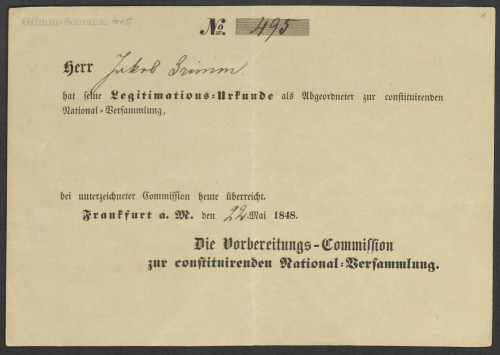
‘Deed of Legitimacy’ for Jacob Grimm
Display Case 1
-
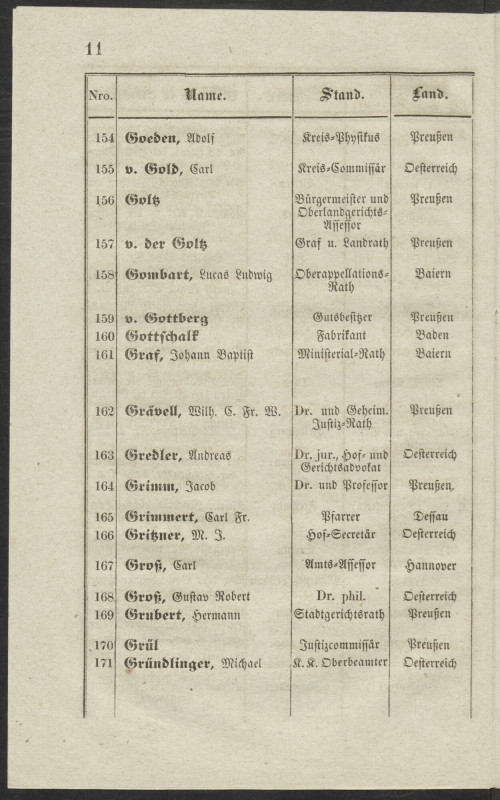
List of those deputies who registered to take part in the imperial assembly
Display Case 1
-
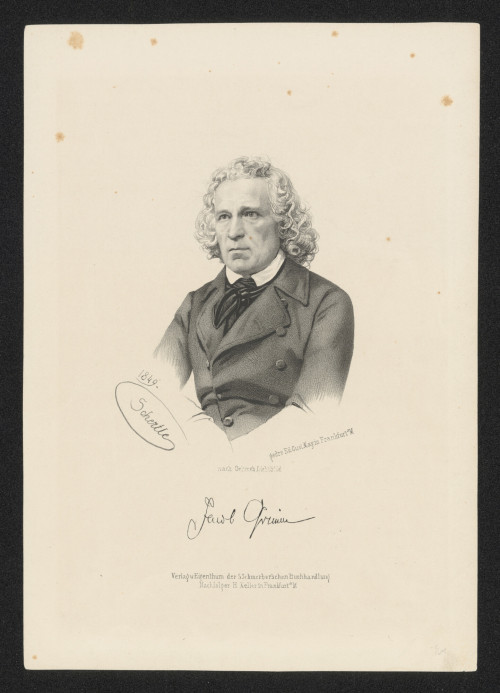
Introduction
Jacob Grimm
Display Case 1
-
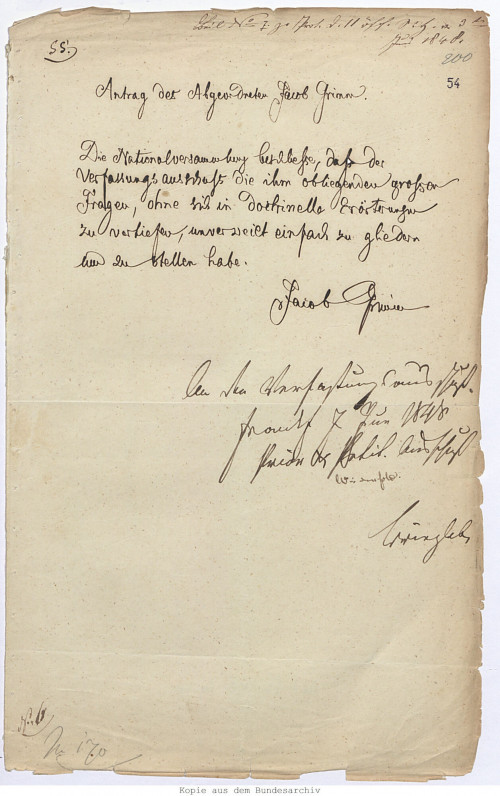
Jacob Grimm
Handwritten ‘Motion of Deputy Jacob Grimm’
Display Case 2
-
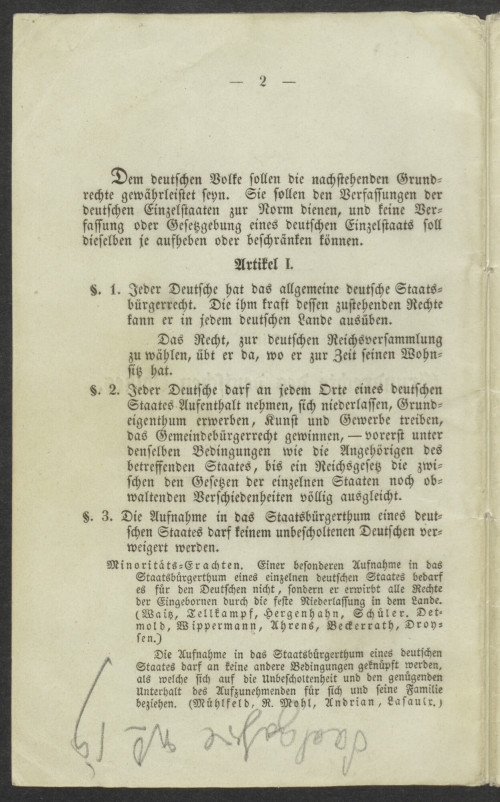
Jacob Grimm
Draft of “The Basic Rights of the German Nation
Display Case 2
-
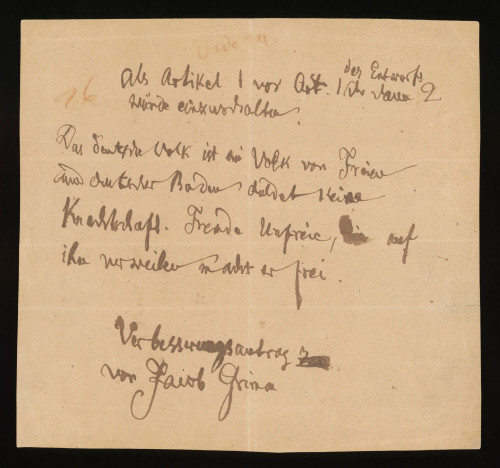
Jacob Grimm
Improvement of the “Basic Rights of the German Nation
Display Case 2
-
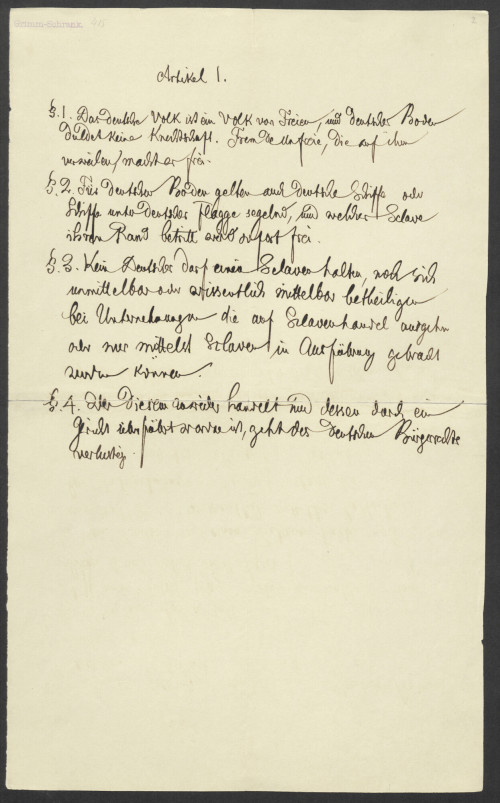
Jacob Grimm
Artikel 1
Display Case 2
-
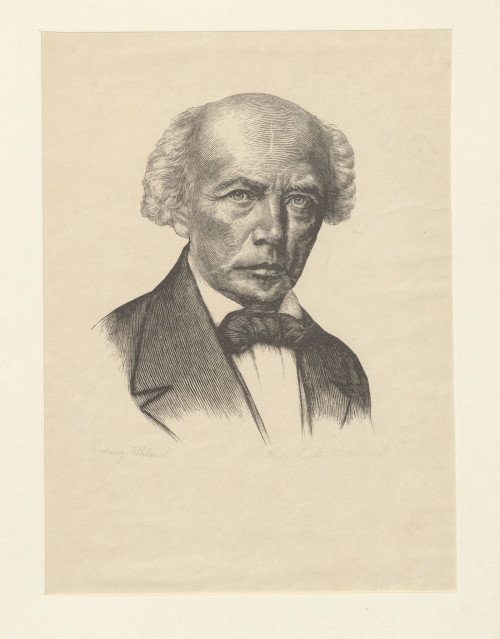
Introduction
Ludwig Uhland
Display Case 3
-

Ludwig Uhland
Address to the Committee of the Chambers of the Estates
Display Case 3
-
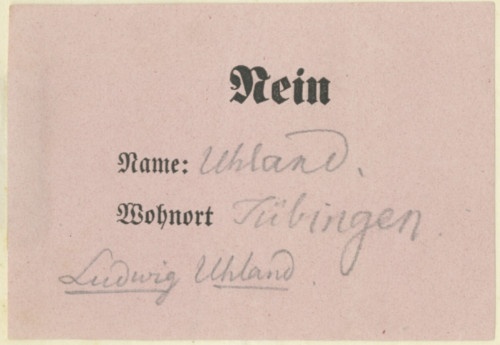
Ludwig Uhland
Ballot paper for the Frankfurt National Assembly
Display Case 3
-

Copy of the Deed of Legitimacy on the election of Deputy Ludwig Uhland
Display Case 4
-
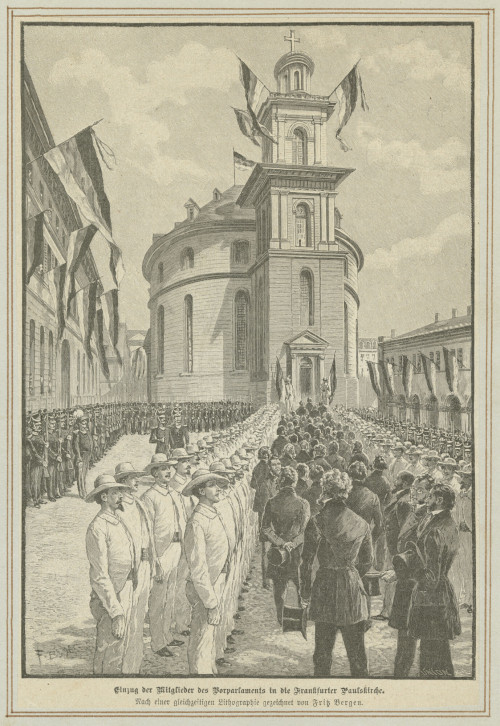
An evening of entertainment by the Frankfurter Liederkranz on the Mainlust
Display Case 4
-
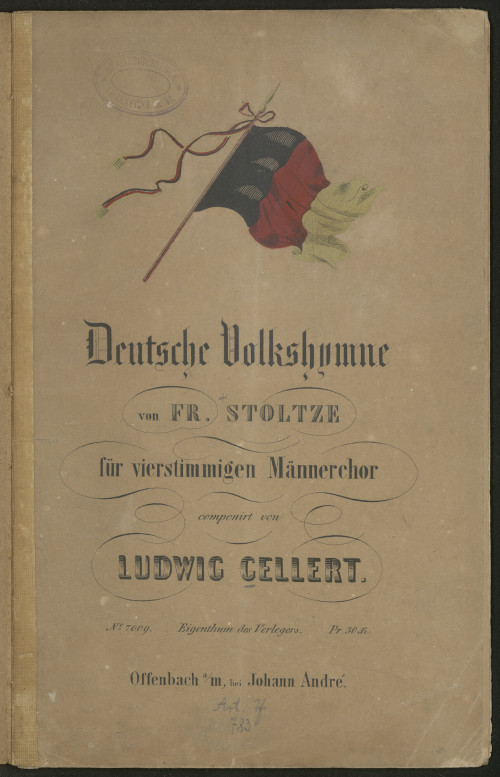
Friedrich Stoltze
German folk anthem
Vitrine 4
-
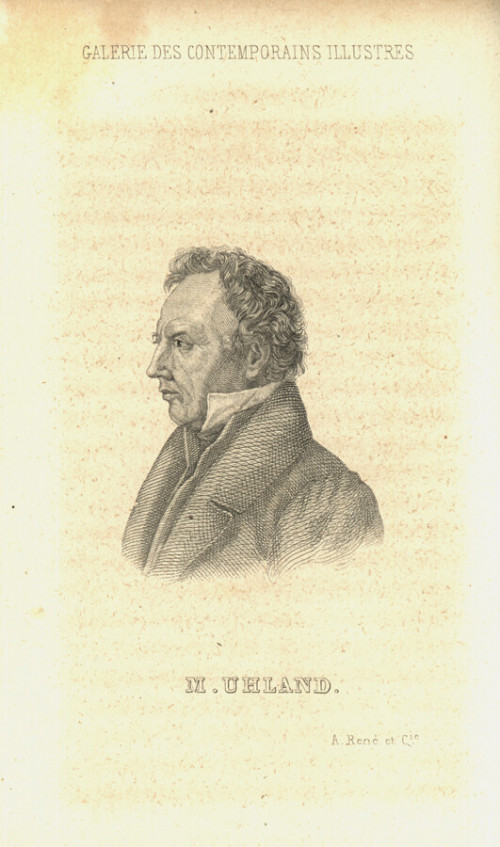
Ludwig Uhland
Motion ‘for the periodic election by the parliament of an imperial head of state’
Display Case 5
-
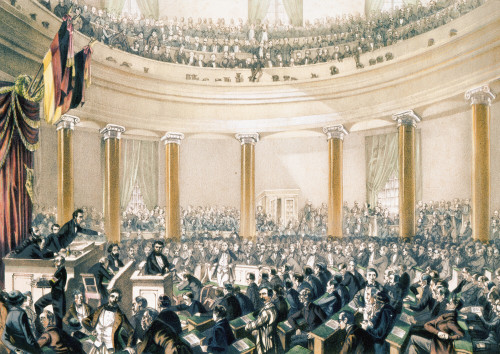
Communiqué of the results of the vote on Ludwig Uhland’s motion
Display Case 5
-

Ludwig Uhland
Proposed Amendment to §45 of the ‘Draft of the Basic Rights of the German Nation’
Display Case 5
-
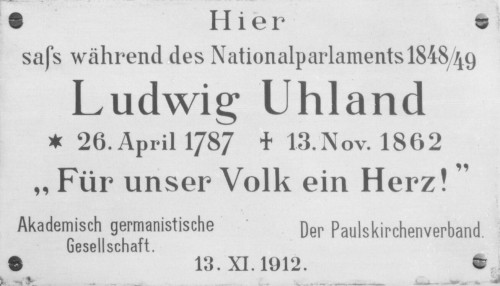
Photograph of a memorial plaque (detail)
Center Display Case